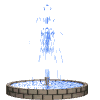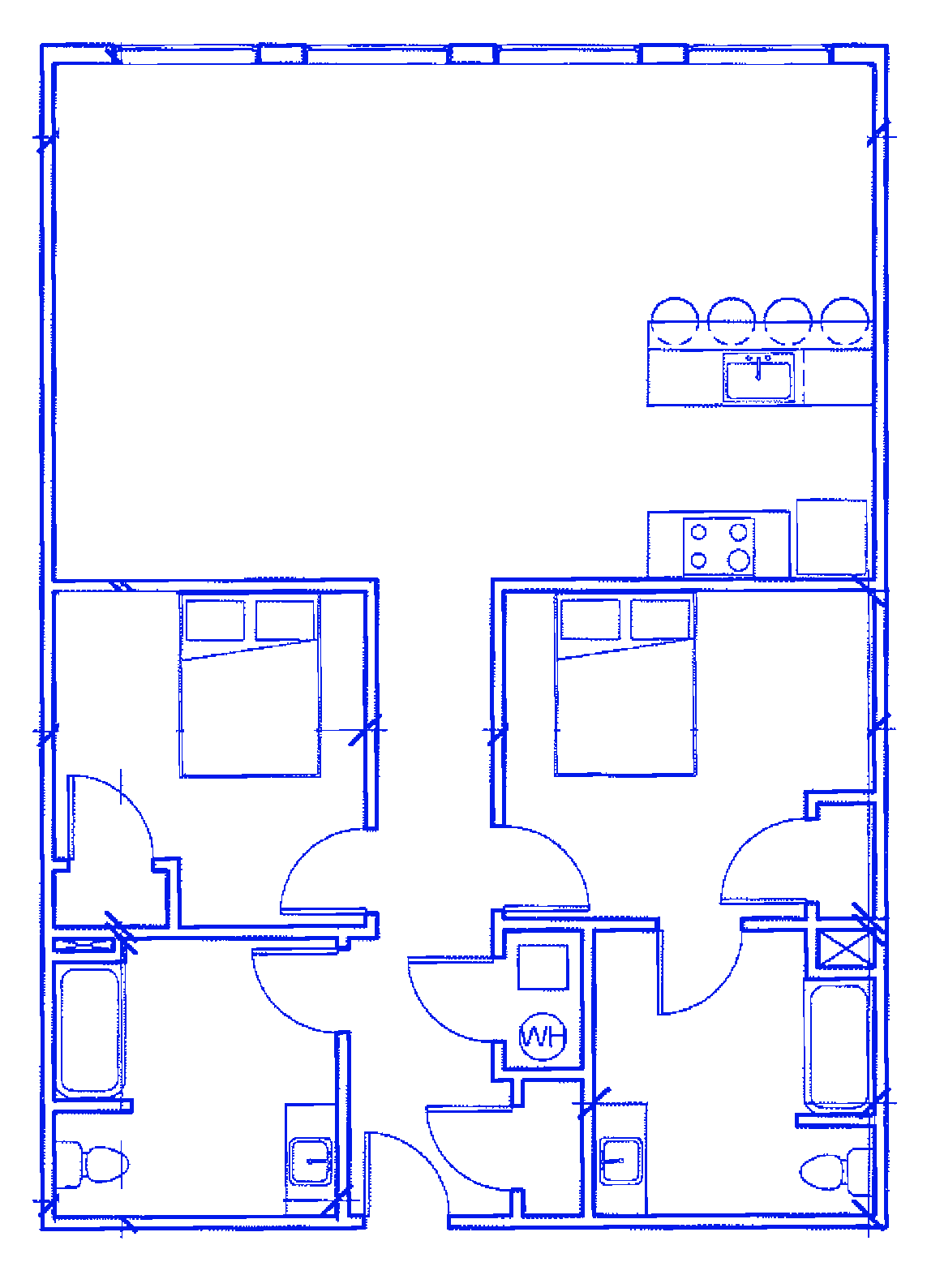
















The lauded air conditioning system is turned off, Blue Nile clothing has moved out and the fountain has stopped burbling. The sale of the Chapel Square Mall to a development group euthanized the limp existence of downtown’s biggest eyesore, paving the way for its redevelopment as an urban marketplace.
The proposed plan places store frontages on the street, not into the interior arcade of the mall. This new orientation is significant, not only because it should foster greater commercial success and street activity downtown, but because it represents a fundamental recommitment to public life.
The first customers shopped in climate-controlled splendor at the Chapel Square Mall in 1965. One of the first fully enclosed air-conditioned malls, the complex placed New Haven at the cutting edge of modern consumerism. The mall originally included two anchor department stores, Macy’s and Malley’s, located in large brick buildings on the southern half of the site, as well as the Temple Street Garage and two towers that contained the Park Plaza Hotel (now the Omni Hotel) and an office building.
Despite early success, the mall soon started to struggle against competition from more effective suburban facilities. Malley’s department store, once a fixture on the New Haven Green, closed its doors in 1982. The city demolished its building, on Church Street between George Street and North Frontage Road, in 1997. Macy’s faired slightly better, remaining open until 1993. Its building still stands, vacant, on the block directly north of the old Malley’s site.
A 1999 proposal for a $500 million regional mall at Long Wharf appeared to sound the death knell of Chapel Square, but its eventual failure renewed interest in the downtown mall. In April of 2002, the city of New Haven sold the mall and redevelopment rights to William, Jackson, Ewing, Inc., a developer responsible for Washington’s Union Station and New York’s Market at Grand Central Terminal.
The developer’s proposal for Chapel Square outlines a marketplace that will mix a food court and gourmet groceries with local and chain stores. The new stores will open onto the sidewalk as in traditional urban retail districts.
Conventional wisdom states that a combination of bad design and suburban competition doomed the Chapel Square Mall to failure. The location of the mall’s smaller shops to the north of the anchor stores, rather than in a conventional location between them, decreased foot traffic and greatly diminished the mall’s profitability. In his book on the American City, noted urban designer and Yale professor Alex Garvin ’62 ARCH ’67 writes: “The parking garage is so located that shoppers can go directly into a department store without setting a foot anywhere else in the project or in downtown New Haven.”
Competition from newer suburban malls exacerbated the ineffectiveness of the Chapel Square layout. In the eight years after the mall opened, over three million square feet of retail space was constructed in adjacent suburbs.
A more substantial story lurks behind the mall’s failure. A suburban convention parading as an urban amenity, the facility was fundamentally unsuited for its location at the center of a city. A mall systematically internalizes public space, creating a new pseudo-public environment for social life within its own sphere. Because the mall presents a privatized forum for public exchange, it trades the unfiltered experience of the street for the controlled environment of the food court.
That the Chapel Square Mall stared across the street at the New Haven Green, one of New England’s most storied public spaces, made its attempt to privatize street life especially bold. A profoundly pessimistic gesture, the mall expressed a dismissal of urban life in the face of suburban expansion.
It seems fitting that the failure to realize the Long Wharf mall helped renew interest in Chapel Square Mall. The original Chapel Square Mall was one of the first fully-enclosed shopping centers, a type that privileges the suburban over the urban experience. Situated at the edge of the highway, the proposed mall would have been the ultimate expression of this ideology. Though environmental and economic factors led to the proposal’s abandonment, the fallout from its failure signified a refocusing of attention to the urban core. The redevelopment of Chapel Square continues this movement.
A simultaneous redevelopment of the empty Macy’s and Malley’s sites adjacent to the mall will alleviate the blight of those blocks and help ensure the success of the new Chapel Square. Gateway Community College recently received preliminary approval to build a new consolidated campus at this location. The $139 million project would bring another educational institution and its 5,000 students to downtown.
The Gateway project represents a significant architectural opportunity. For the first time in over 30 years, a large new institutional building will be constructed within the nine-square grid. In the spirit of buildings like the New Haven Free Public Library, across the Green, the new building should signify a new downtown vibrancy and actively foster pedestrian activity.
The Chapel Square Marketplace must strive for architectural excellence as well. Despite its depressed appearance, the mall building could provide the framework for an interesting renovation. A simple concrete space frame, the building is structurally similar to Yale’s British Art Center, one of New Haven’s most successful buildings. As Louis Kahn innovatively employed stainless steel panels to infill the concrete frame at the museum, the mall could be infilled in a variety of exciting ways. That the developers have distinguished projects to their credit provides hope that the renovation will be well built. It should also be an inspired optimistic design. A forward-looking design would combine with the complex’s reorganization towards the street to create a unique destination — a place clearly distinguished from typical suburban shopping centers.
The incongruity of a mall in a city made Chapel Square’s failure inevitable. The proposed reorientation of the complex acknowledges this reality. Turning the stores out of the mall to face the street privileges the public over the private, the urban over the suburban. The sidewalks around the mall will again be alive with people, encouraging the encounters, interactions and unpleasantness that are all essential to healthy urban life.



